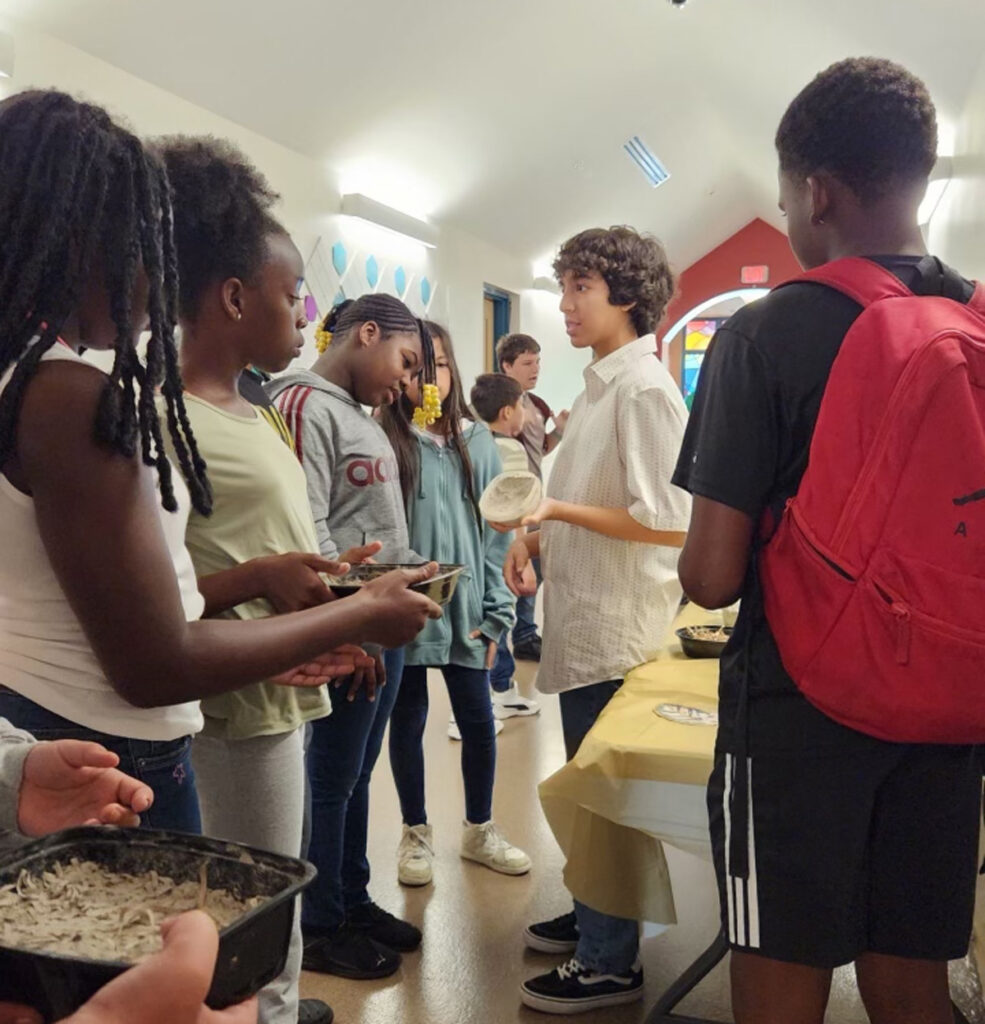A recent public showcase at the Gifford Youth Achievement Center highlighted the impressive talents of local middle and high school students. Among the young innovators was 16-year-old Alina Zaidi, the driving force behind Project STEAM.
Zaidi’s passion for science and education ignited a desire to share knowledge with younger generations. Through Project STEAM, Zaidi has been mentoring students at the Gifford Youth Achievement Center, guiding them in building projects such as a nitrogen filtration system, sustainable concrete, and solar ovens.
“Too many kids never get a real opportunity to explore the scientific world, so the point of Project STEAM is to provide a hands-on chance to engage in STEM learning.”
STEM education, an acronym for Science, Technology, Engineering, and Mathematics, focuses on integrating these disciplines to solve real-world problems. Students develop critical thinking, problem-solving, and teamwork skills essential for future success by engaging in STEM projects.

Indian River County Superintendent Dr. David Moore was impressed by the work of various students and expressed his admiration on social media.
Zaidi hopes Project STEAM can expand its reach to inspire even more young minds.
STEM vs. STEAM: A Comparative Overview
STEM and STEAM are educational frameworks that foster critical thinking and problem-solving skills. While they share a common foundation, they diverge in their approach and focus.
STEM, an acronym for Science, Technology, Engineering, and Mathematics, emphasizes acquiring technical skills and knowledge. This approach often involves hands-on learning and real-world problem-solving within specific disciplines.
STEAM expands upon STEM by incorporating Arts. This integration cultivates creativity, innovation, and communication skills alongside technical proficiency. STEAM education encourages students to think critically, collaborate effectively, and express their ideas through various artistic mediums.
To illustrate the difference, a STEM project might involve calculating crop yield based on given variables. Conversely, a STEAM project would challenge students to design a sustainable farming system incorporating artistic elements to communicate their solution.
By blending the logical with the creative, STEAM education offers a holistic approach to learning that prepares students for a complex and interconnected world. For more information, visit the University of Florida’s website.